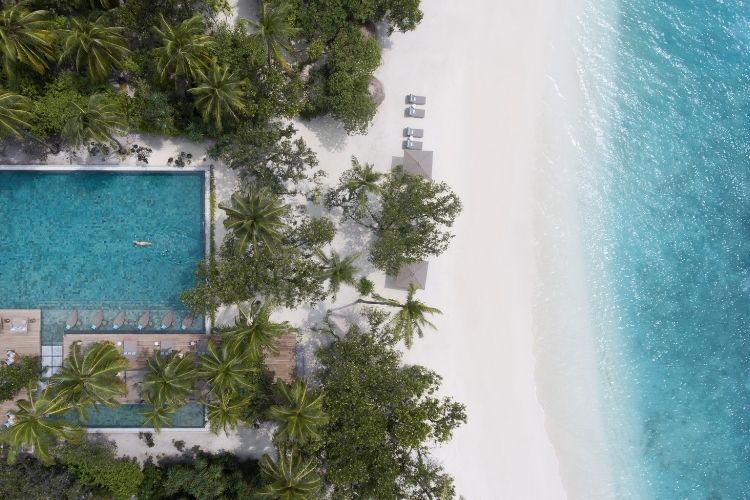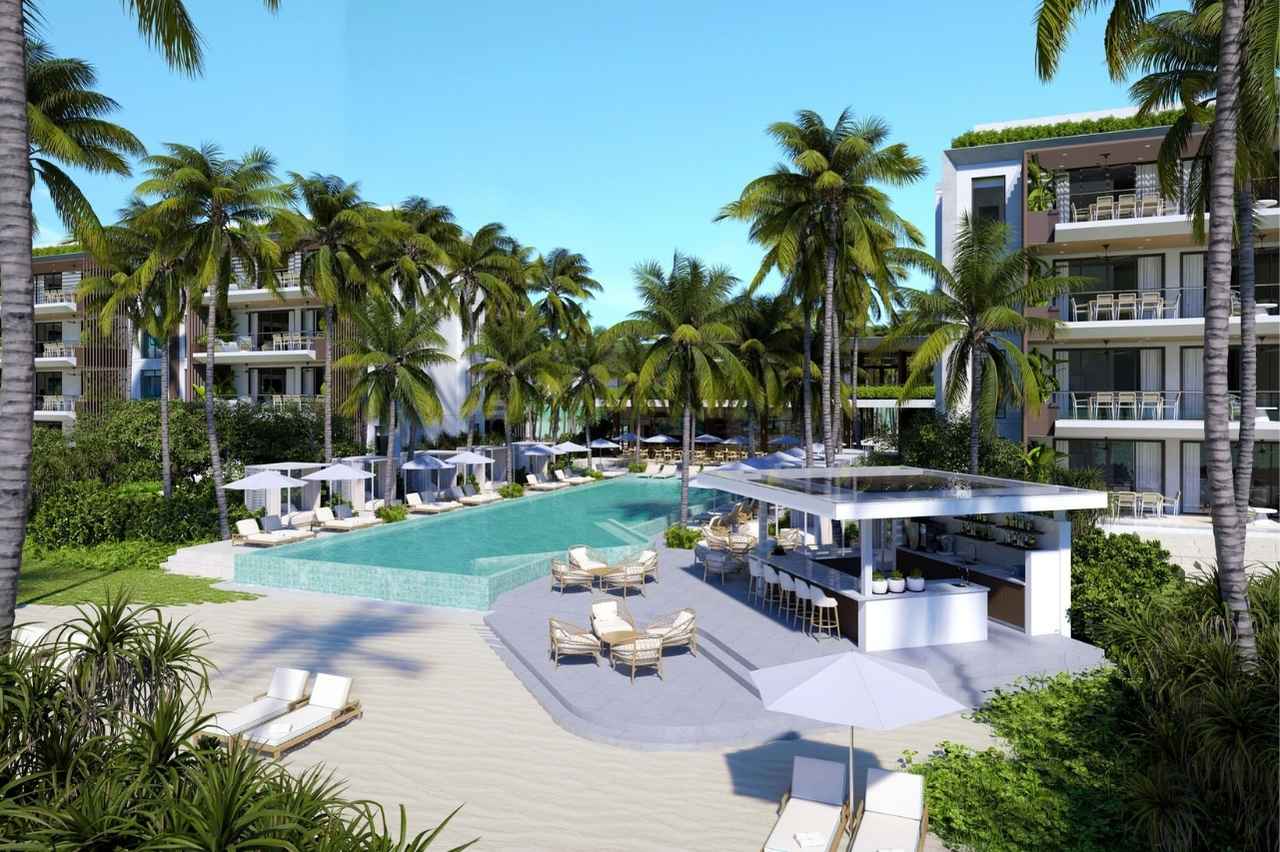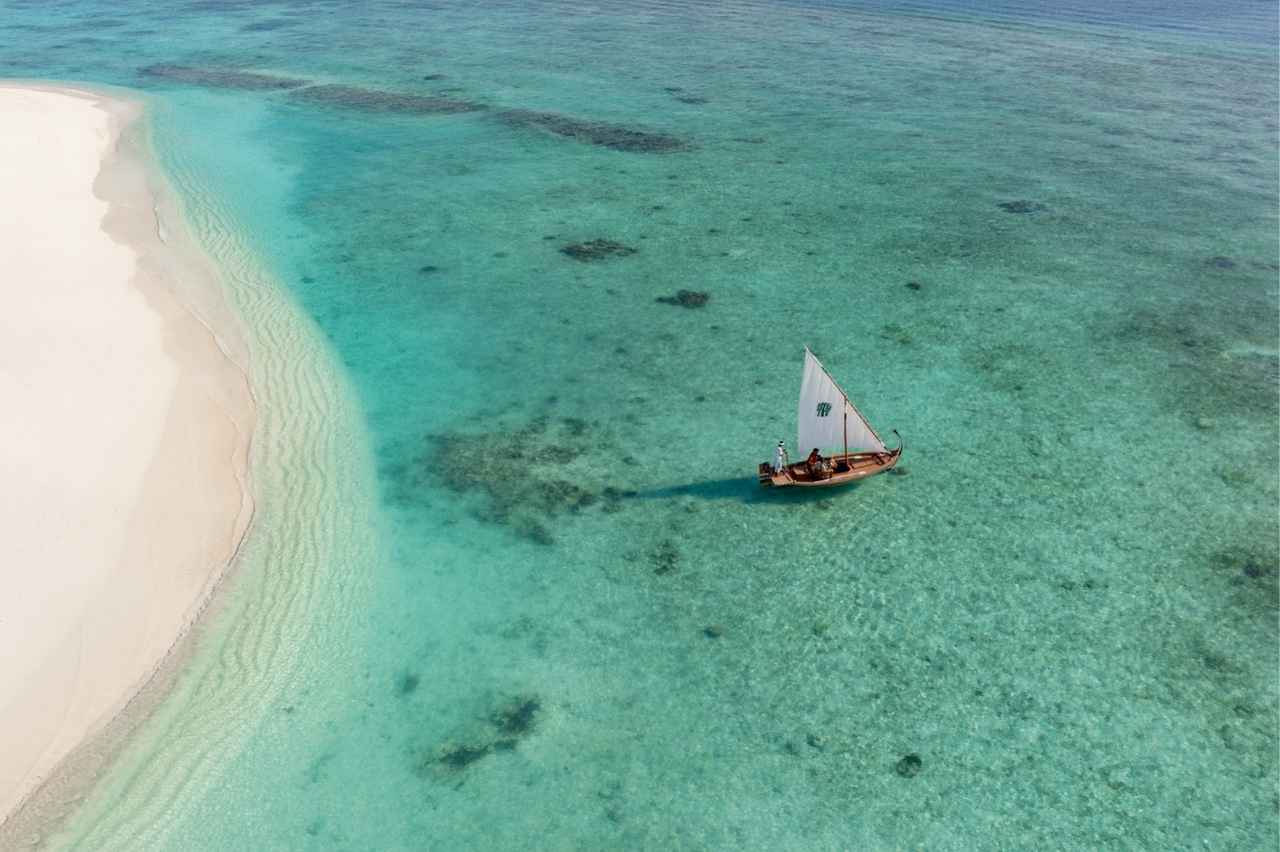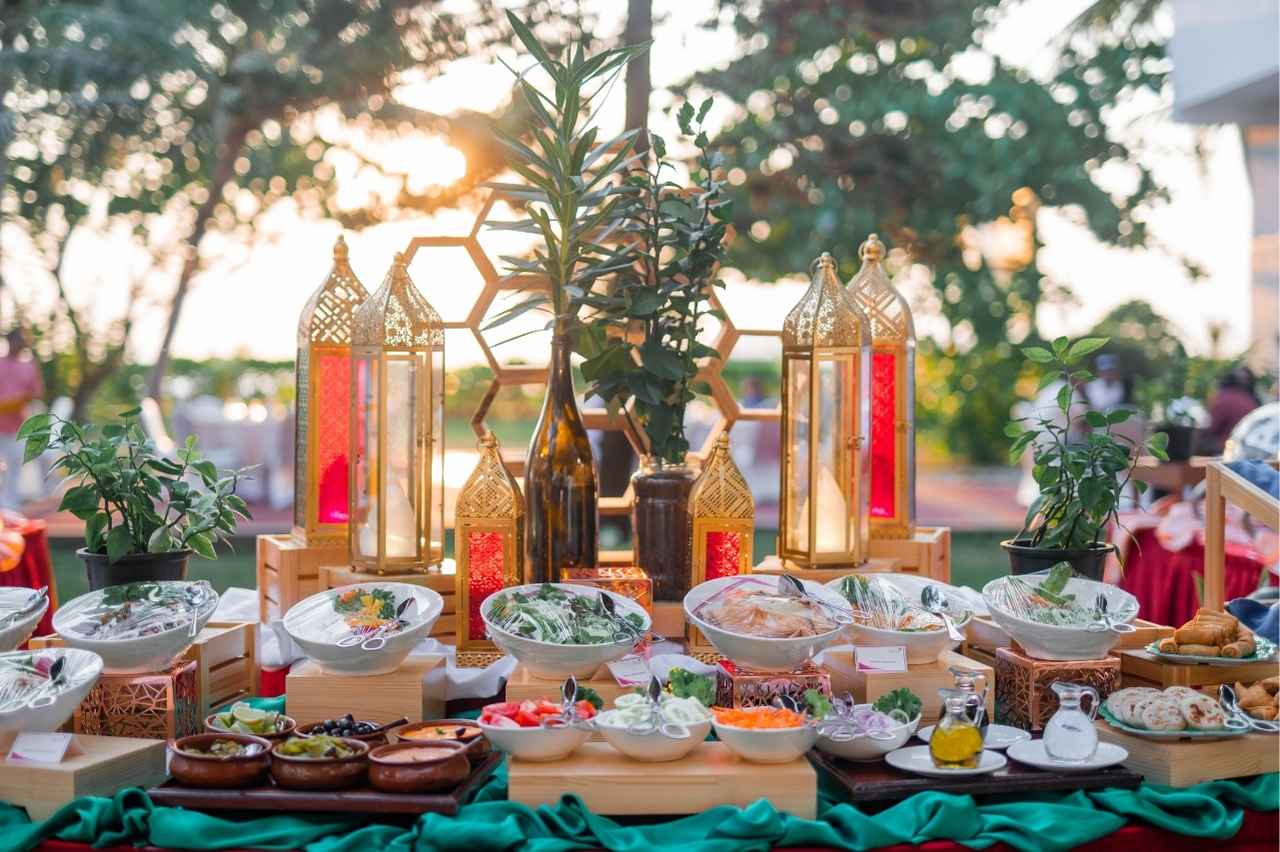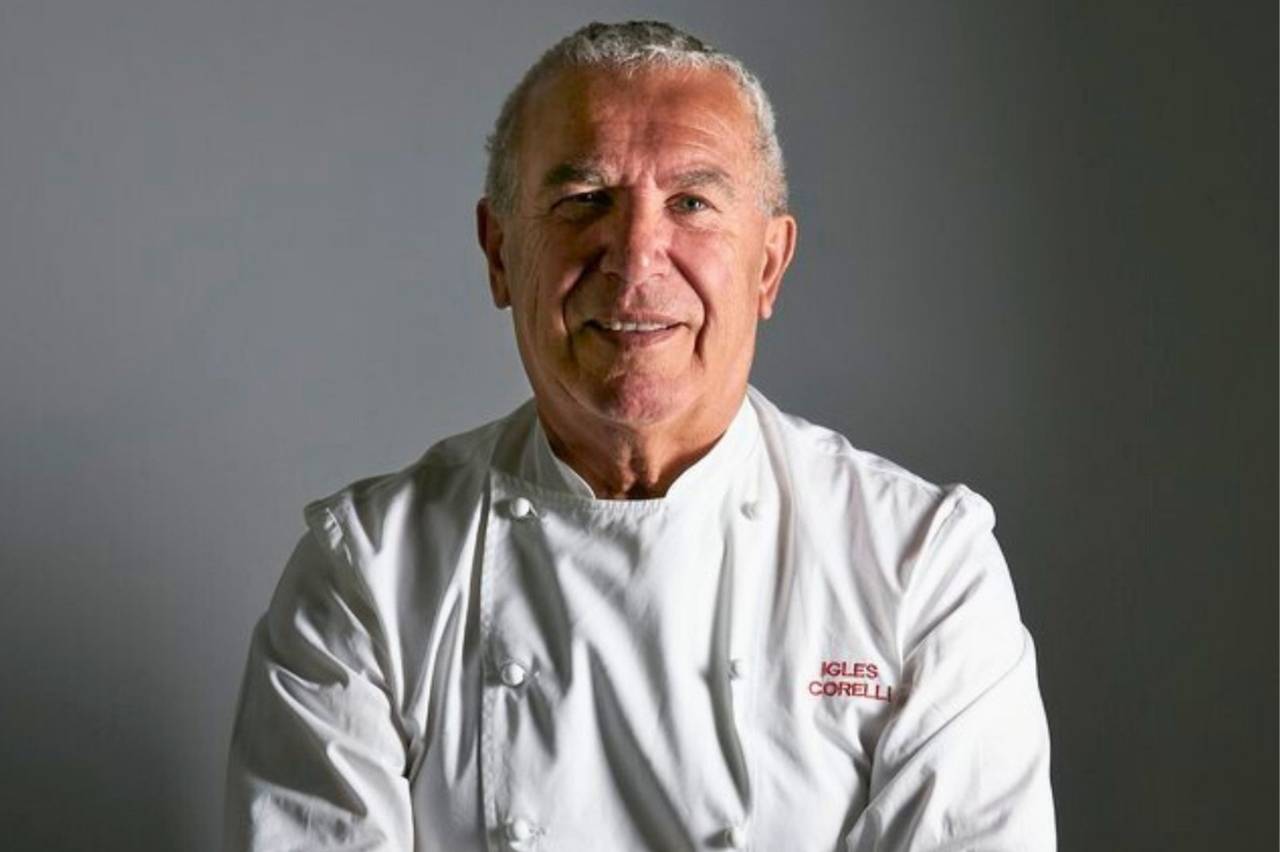With Vakkaru Maldives’ inauguration launch of Effortless Escape from Mumbai to Vakkaru package, holiday-goers will be able to spring from the bustling city to the private island in half a day.
According to a press release by Vakkaru Maldives, for those who want to make a stress-free retreat to a place that specialises in timeless serenity, this promises to be the ultimate weekend getaway.
A direct 2,5 hours flight on Maldivian Airlines from Mumbai takes you to nearby Maafaru International Airport which lies near Vakkaru Maldives home in Baa Atoll, a UNESCO Biosphere Reserve renowned for its exceptional sea life and incredible dive and snorkelling sites. From the airport, it’s a scenic 1 hour and 20-minute speedboat transfer or 15-minute seaplane ride to the resort.
Available exclusively to guests travelling from India, the package includes direct international return flights from Mumbai to Maafaru International Airport, transfers, daily breakfast, lunch and dinner, soft drinks during meals and applicable service charges and taxes.
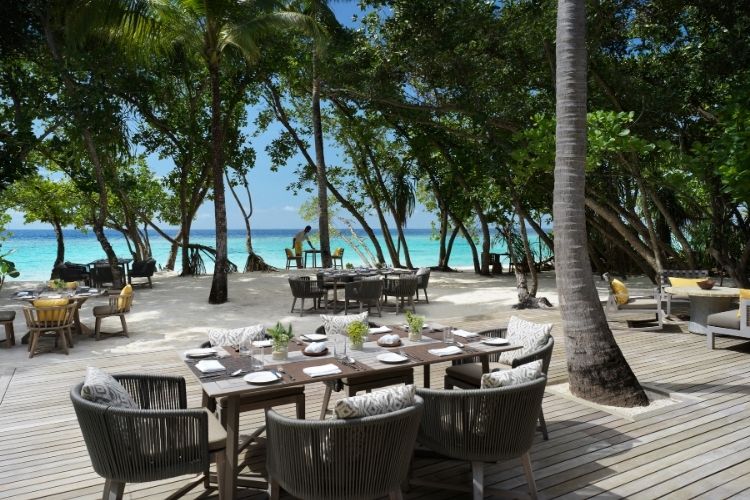
With check-in completed in a jiffy, Effortless Escape to Vakkaru guests can immediately commence their holiday. Dive centre Splash is the resort’s gateway to the Maldives’ underwater marvels; overwater award-winning Merana Spa is one of the Indian Ocean’s most blissful wellness destinations; resort facilities include the exceptional kids’ club Parrotfish Club, a 24/7 overwater gym, and best-in-class tennis coaching session by Tipsarevic Luxury Tennis.
Vakkaru’s beautifully appointed villas are either set on the powder-soft sands of the beach or placed over the turquoise waters of its bath-warm lagoon, where residents can expect to see kaleidoscopic marine life from their private decks. During leisurely meals, guests can indulge in abundant buffet breakfasts at Amaany Restaurant which features an Indian food station.
Guests may choose from the extensive dining options for lunch and dinner, including the laidback Italian restaurant Isoletta, South-East Asian specialities at Onu, beach grill at Vakku or Japanese delicacies at Lagoon Bar.

On selected evenings, Amaany offers an Indian Ocean Splash buffet featuring a lavish spread of Indian, Sri Lankan and Maldivian cuisines. For extra special occasions, guests can arrange private destination dining experiences under the shade of palm trees in Vakkaru’s lush organic garden, or on a private sandbank.
Available to book until 31 July 2021, the Effortless Escape to Vakkaru package is valid for stays from 9 May to 31 October 2021. Both honeymoon and family-friendly, Vakkaru Maldives’ is also extending the offer to families.
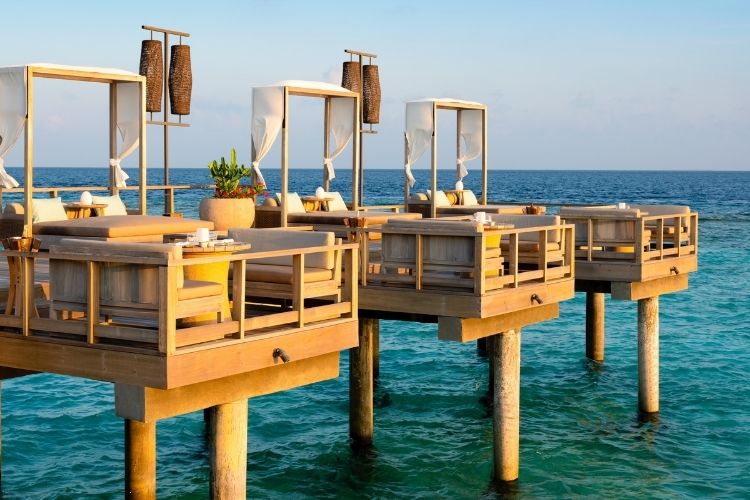
Special rates are available for two adults and two children below 12 years staying in Family Villa categories, and to four adults and two children staying in Two Bedroom Beach Pool Residences. An introductory three-night packaged rate inclusive of direct flight starts from an enticing $3900++.
For further information and reservations, visit vakkarumaldives.com or contact reservations@vakkarumaldives.com.


